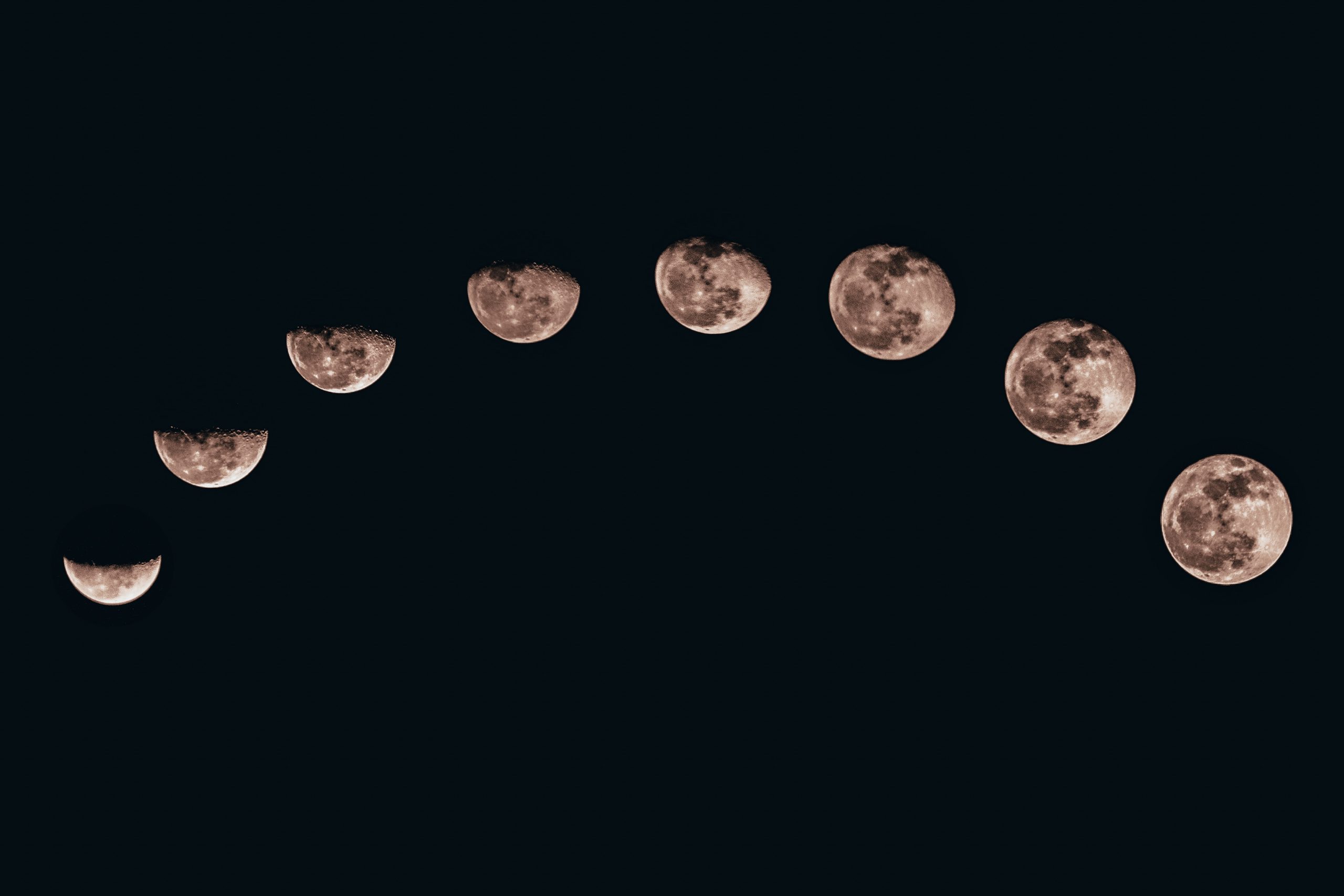The Origins and Evolution of Tarot Cards: Unveiling the Mysteries
For centuries, tarot cards have captivated our imagination and fascinated us with their ability to provide insights into our past, present, and future. Whether you believe in their mystical powers or view them as mere tools of divination, there’s no denying the intrigue surrounding these beautifully illustrated cards. In this in-depth exploration, we’ll journey into the origins of tarot cards, tracing their roots back to ancient civilizations while uncovering their evolution into the widely recognized deck we know today.
The Birth of Tarot: An Enigmatic Journey
The exact origins of tarot cards are shrouded in mystery, making it challenging to pinpoint their precise beginnings. However, most scholars agree that tarot cards originated in Europe during the late 14th century, primarily in Italy, France, and Spain. At that time, they were not associated with divination but rather served as playing cards for entertainment purposes.
One theory suggests that the tarot deck was inspired by the playing cards brought to Europe by Islamic traders from Mamluk Egypt. These cards, known as Mamluk cards, consisted of four suits: polo sticks, coins, swords, and cups. The Mamluk cards, however, did not feature the iconic Major Arcana or the court cards found in modern tarot decks.
The first known reference to tarot as a game can be traced back to a 1377 sermon by a Swiss Dominican friar, Johannes of Rheinfelden. In his sermon, Johannes mentioned a deck of cards called “naibi” being used for gambling. However, it wasn’t until the late 15th century that tarot cards started to gain prominence beyond the gaming table.
The Renaissance and Tarot’s Metamorphosis
It was during the Renaissance, a period characterized by intellectual and cultural explosion, that tarot cards began undergoing their transformation into tools of divination. In the late 15th century, Italian aristocrats embraced the practice of tarot card reading, viewing the cards as a means to gain insights into their lives and futures.
One of the most significant developments during this time was the addition of the 22 trump cards, known as the Major Arcana, to the traditional suits of tarot cards. These trump cards depicted allegorical and mystical scenes, representing archetypal figures such as the Fool, the Magician, the Empress, and the Hanged Man. The Major Arcana added a layer of symbolism and depth to the tarot deck, transforming it from mere playing cards into a conduit for spiritual exploration and self-reflection.
One of the earliest surviving complete tarot decks, known as the Visconti-Sforza deck, was commissioned by the Duke of Milan, Filippo Maria Visconti, in the mid-15th century. This extraordinary deck, rich in artistry and symbolism, marked a turning point in the evolution of tarot cards and served as the foundation for many subsequent decks.
The Influence of Occultism and Hermeticism
As tarot cards gained popularity and moved beyond the confines of aristocratic circles, they became associated with various esoteric traditions and occult practices. During the 18th and 19th centuries, the burgeoning interest in mysticism and the occult, fueled by movements such as Theosophy and the Hermetic Order of the Golden Dawn, saw tarot cards become tools for spiritual introspection and divination.
The Hermetic Order of the Golden Dawn, a secret society dedicated to the study and practice of the occult, played a pivotal role in the further development of tarot symbolism and interpretation. Members of the Golden Dawn, including renowned occultists like Arthur Edward Waite and Aleister Crowley, created their own tarot decks, each with its unique symbolism and philosophical underpinnings.
Rider-Waite-Smith Tarot: The Modern Standard
Undoubtedly, one of the most influential tarot decks in the modern era is the Rider-Waite-Smith Tarot, often referred to as the RWS Tarot. Published in 1909, this deck was a collaboration between occultist Arthur Edward Waite and artist Pamela Colman Smith.
The RWS Tarot departed from the traditional tarot imagery in several significant ways. It featured fully illustrated Minor Arcana cards, while previous decks typically showcased only the suit symbols or abstract illustrations. Pamela Colmam Smith’s vivid and evocative artwork breathed new life into the tarot, making it more accessible to a wider audience.
Arthur Edward Waite also introduced subtle symbolism and esoteric references into the RWS Tarot, making it a treasure trove of hidden meanings and layered interpretations. This deck set the standard for modern tarot decks and laid the foundation for many subsequent variations and reinterpretations.
The Continuing Evolution of Tarot
Today, tarot cards continue to evolve and adapt to the changing times. Tarot decks come in various styles, themes, and artistic interpretations, catering to diverse interests and spiritual practices. From nature-inspired decks to decks centered around specific mythologies or cultural traditions, there is a tarot deck for nearly every interest.
Moreover, technological advancements have also impacted the tarot world. Digital tarot apps and online tarot readings have become increasingly popular, providing instant access to virtual decks and interpretations.
Conclusion: Unlocking the Secrets Within
The origins of tarot cards may be veiled in obscurity, but their enduring allure is undeniably evident. From humble beginnings as playing cards to their current status as tools of divination and introspection, tarot cards have undergone a fascinating transformation throughout history.
Whether you believe in their mystical powers or view them as nothing more than ink on paper, tarot cards continue to captivate and intrigue us. Whether you’re seeking guidance, exploring your subconscious, or simply appreciating the artistry, tarot cards offer a unique and profound experience that transcends time and borders.
So, the next time you draw a card from the deck, take a moment to reflect on the many layers of history and meaning held within that small, intricate piece of art. Unlock the secrets of the tarot, and let this ancient practice be your guide on the eternal journey of self-discovery.
Table of Contents
